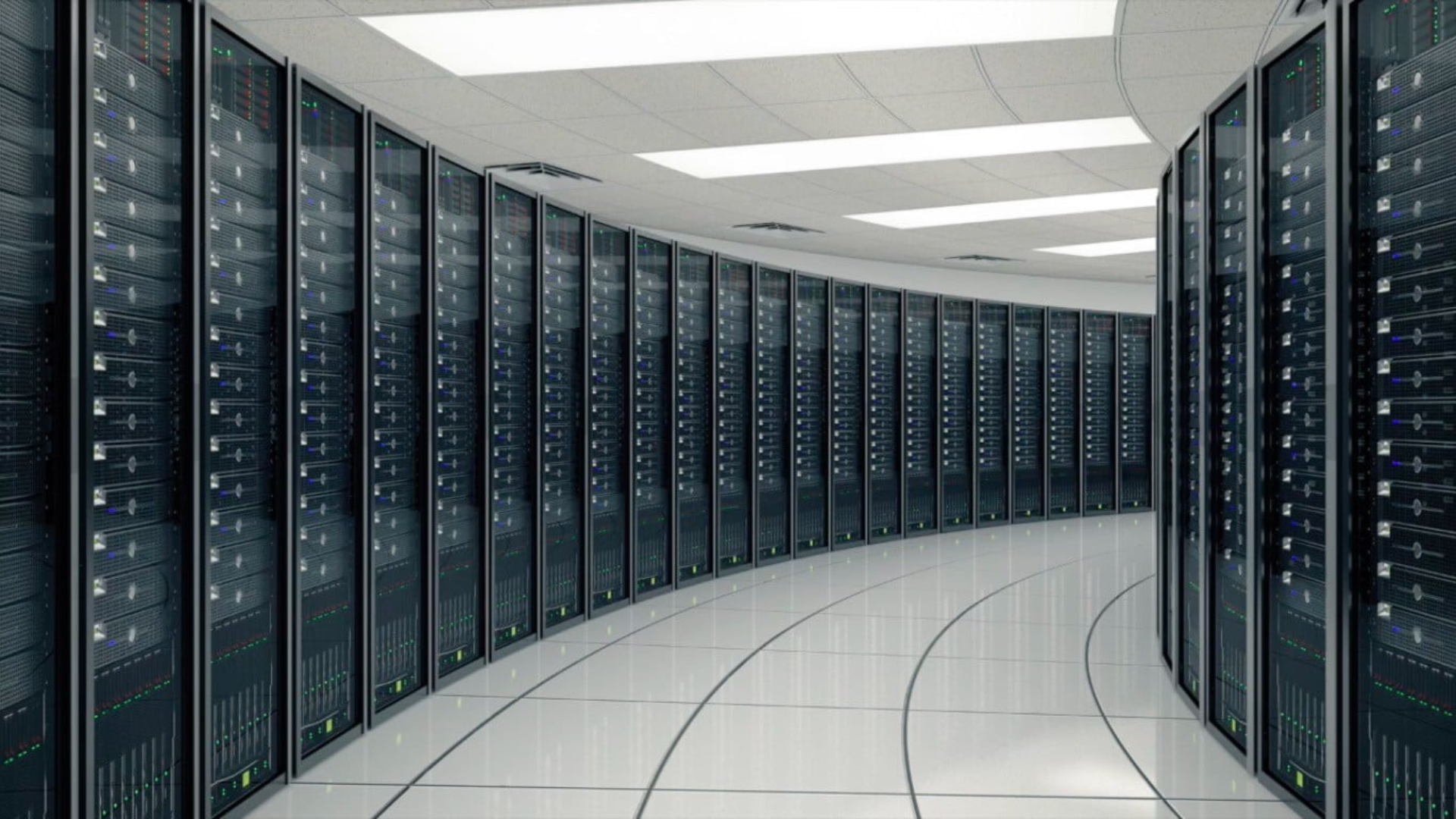The Cloud Has Changed Everything…Even Security

By: Jon Polly | Sep 09, 2020
What do Microsoft Office 365, Dropbox, Apple iCloud, and the future of electronic security systems have in common? Two simple words… “The Cloud”. What is the cloud? The answer to this question has eluded many because there is no one simple answer. Talk to 10 different cloud providers, and you will get 10 different answers. It is not a puffy white thing in the sky where are dreams are held. The Cloud is a simply someone else’s data center.  The cloud is someone else’s problem. It can be configured to hold different forms of digital media and data virtually. The data can be held in silos or combined. Storage and data can be added very quickly and extremely cost effective. 80% of the cloud is held by five companies, with Microsoft Azure and Amazon Web Services (AWS) holding the majority.
The cloud is someone else’s problem. It can be configured to hold different forms of digital media and data virtually. The data can be held in silos or combined. Storage and data can be added very quickly and extremely cost effective. 80% of the cloud is held by five companies, with Microsoft Azure and Amazon Web Services (AWS) holding the majority.
A cloud is part of everyone’s life today. Many clients are using cloud services for even the most basic applications. It would then make sense for the client to ask for cloud security systems as an option. A direct  reflection of this is that in the electronic security industry, a well-known security specifier recently stated that every end user he spoke with in an 18-month time frame requested their enterprise security solution be cloud based. As a Security Integrator, are you ready to have that conversation?
reflection of this is that in the electronic security industry, a well-known security specifier recently stated that every end user he spoke with in an 18-month time frame requested their enterprise security solution be cloud based. As a Security Integrator, are you ready to have that conversation?
The IT Influence
Information Technology (IT) has been influencing the electronic security industry since before the terms convergence, Analog and IP devices existed. Once security systems became network enabled and the servers they communicated with touched the network, the IT department became a stakeholder in the implementation. Now let us fast forward to more recent times! In the early 2010s, IT departments began to evaluate this concept of Software as a Service (SaaS). In an article written for Wired.com in 2012, the number one reason IT started moving to the cloud was to reduce the “Total Cost of Ownership”. Quite simply, IT Departments could get more value for their money by paying a subscription fee per user instead of owning the infrastructure. Today, IT Departments judge technologies based on this subscription model; $14.99 per user for one application, $9 per user for a different application, $3 per user for another. The money is budgeted for Operation Expenditures (OPEX) instead of Capital Expenditures (CapEX). No more waiting for large quantities of money, the money is there and available.
The Cloud Flexibility
The end user is seeing the benefit of cloud today. Many are looking at offloading more appliances and applications to get more cloud. What are the benefits of the cloud to the Security Integrator today? Below are just a few of the improvements that cloud provides the integrator.
Cybersecurity –
Cloud providers must start with this piece because the cloud is someone else’s datacenter. They must show how cybersecure their application is and how they will protect the customer’s data. Most have this document readily available. By offering a cybersecure solution in the cloud the Security Integrator transfers the responsibility of the data to the cloud provider. Each cloud has cybersecurity testing requirements.
Nimbleness –
More and more applications are being hosted in the cloud. Many applications are taking the opportunity to connect to other applications as they are now collocated. In the past, each application would require an individual server appliance with an expensive price tag. Today, through restful Application Programming Interfaces (restful APIs) software packages can have open architectures and increased functionality with minimal resources. The traditional heavy security applications become light and more useful to the end user.
Recurring Monthly Revenue (RMR) –
Cloud security systems are subscription based and most have a monthly recurring subscription cost. For the Security Integrator this is a double edged sword. On one hand, the Integrator will have recurring monthly revenue for the life of the system. The opportunity to stay in front of the customer is there and offers additional sales and new opportunities. For the Security Integrator who offers a maintenance agreement with a yearly renewal, the monthly agreement between the cloud provider and the Integrator requires the Integrator to take a risk that the customer will pay on time. It does also give the Integrator recourse to turn off services if the customer fails to pay.
Managed Service Providers
There are a number of Security Integrators who are transitioning from the traditional integrator to being the Managed Service Provider (MSP). A security MSP is a company that remotely manages a customer’s electronic security system in a subscription model. Providing managed services requires a datacenter, to know the costs of energy per application, and a transparency to the customer. Those that succeed at this are pushing the envelope of security and IT application. Cloud enabled technologies allow the MSP to offer additional services.
Cloud-enabled Edge
Edge devices are decentralized sources of data. Cameras, Access Control devices, Alarm Sensors, IoT sensors and edge appliances are edge devices. While many edge devices do not require a cloud, cloud applications require edge appliances. As the electronic security industry pushes more infrastructure to the edge and away from the traditional server or datacenter the cloud will increase. The cloud enabled edge is here and is growing.
Many Security Integrators will continue to offer traditional on-premise security solutions and for most clients this solution will work. The Security Integrator that is offering cloud applications and services will likely see more business in the next 3-5 years as on-premise solutions begin to shift to cloud solutions.

